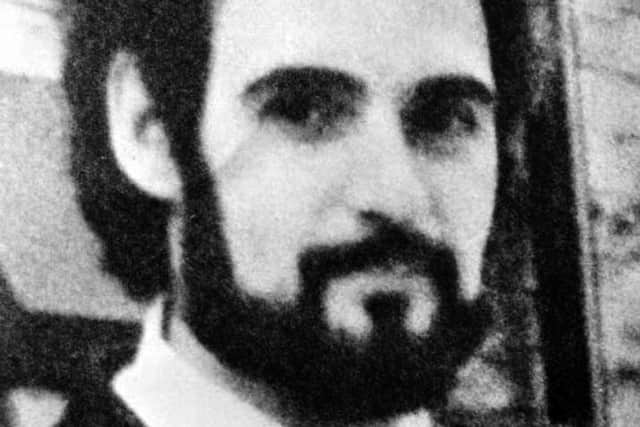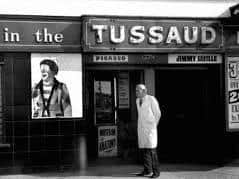Morecambeology Yorkshire Ripper’s grim object of fascination by Peter Wade
and live on Freeview channel 276
When Morecambe’s Whitehall Cinema on the West End Promenade closed its doors in 1955 it became a waxworks - J Tussaud and G Nicholson Ltd.
Here you might have come face-to-face with representations of members of the Royal Family, leading politicians of the day, historical figures and popular entertainers.
Advertisement
Hide AdAdvertisement
Hide AdThe waxworks also included a Chamber of Horrors featuring scenes of torture, famous murderers including local doctor Buck Ruxton and grotesques such as a pig-faced lady, one-eyed man and elephant-faced boy.


There were also depictions of means of execution.
The waxworks’ brochure noted how the latter ‘show the expressions of the face after Execution of Death.’
As Helen Morrison recalled in her book My Life among the Serial Killers, Sutcliffe became fascinated by Morecambe’s waxworks, an hour and a half drive from his native Bingley.
Morrison records how Sutcliffe ‘spent time in the Chamber of Horrors, which featured the likes of Jack the Ripper ... He didn’t mind the mouldy smell or the rain that dripped from the ceiling ... because he was so mesmerized.’


Advertisement
Hide AdAdvertisement
Hide AdHe became ‘enthralled by another exhibit called The Museum of Anatomy - especially The Macabre Torso Room which was dimly lit and constructed in gruesome detail.
Here he carefully viewed cut-up limbless headless women.
Further on was a display of the ravages of sexually transmitted diseases, sculptures of diseased genitalia ... It was’, Helen Morrison concluded, ‘... a morbid fascination, an extension of his ever-broadening experiment into killing others.’